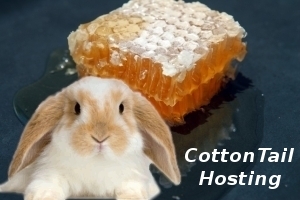The honey bee is a colonial insect that is often maintained, fed, and transported by beekeepers. Honey bees do not survive individually, but rather as part of the colony. Reproduction is also accomplished at the colony level. Colonies are often referred to as superorganisms.
Honey bees collect flower nectar and convert it to honey which is stored in their hives. The nectar is transported in the stomach of the bees, and is converted to honey through the addition of various digestive enzymes, and by being stored in a ‘honey cell’ and then partially dehydrated. Nectar and honey provide the energy for the bees’ flight muscles and for heating the hive during the winter period. Honey bees also collect pollen which supplies protein and fat for bee brood to grow. Centuries of selective breeding by humans have created honey bees that produce far more honey than the colony needs. Beekeepers, also known as “apiarists,” harvest the honey.
Beekeepers often provide a place for the colony to live and to store honey. There are seven basic types of beehive: skeps, Langstroth hives, top-bar hives, box hives, log gums, D.E. hives and miller hives. All U.S. states require beekeepers to use movable frames to allow bee inspectors to check the brood for disease. This allows beekeepers to keep the Langstroth, top-bar, and D.E. hives freely, but other types of hives require special permitting, such as for museum use. The type of beehive used significantly impacts colony health and wax and honey production.
Modern hives also enable beekeepers to transport bees, moving from field to field as the crop needs pollinating and allowing the beekeeper to charge for the pollination services they provide.
In cold climates some beekeepers have kept colonies alive (with varying success) by moving them indoors for winter. While this can protect the colonies from extremes of temperature and make winter care and feeding more convenient for the beekeeper, it can increase the risk of dysentery (see the Nosema section of diseases of the honey bee) and can create an excessive buildup of carbon dioxide from the respiration of the bees. Recently, inside wintering has been refined by Canadian beekeepers, who build large barns just for wintering bees. Automated ventilation systems assist in the control of carbon dioxide build-up.




